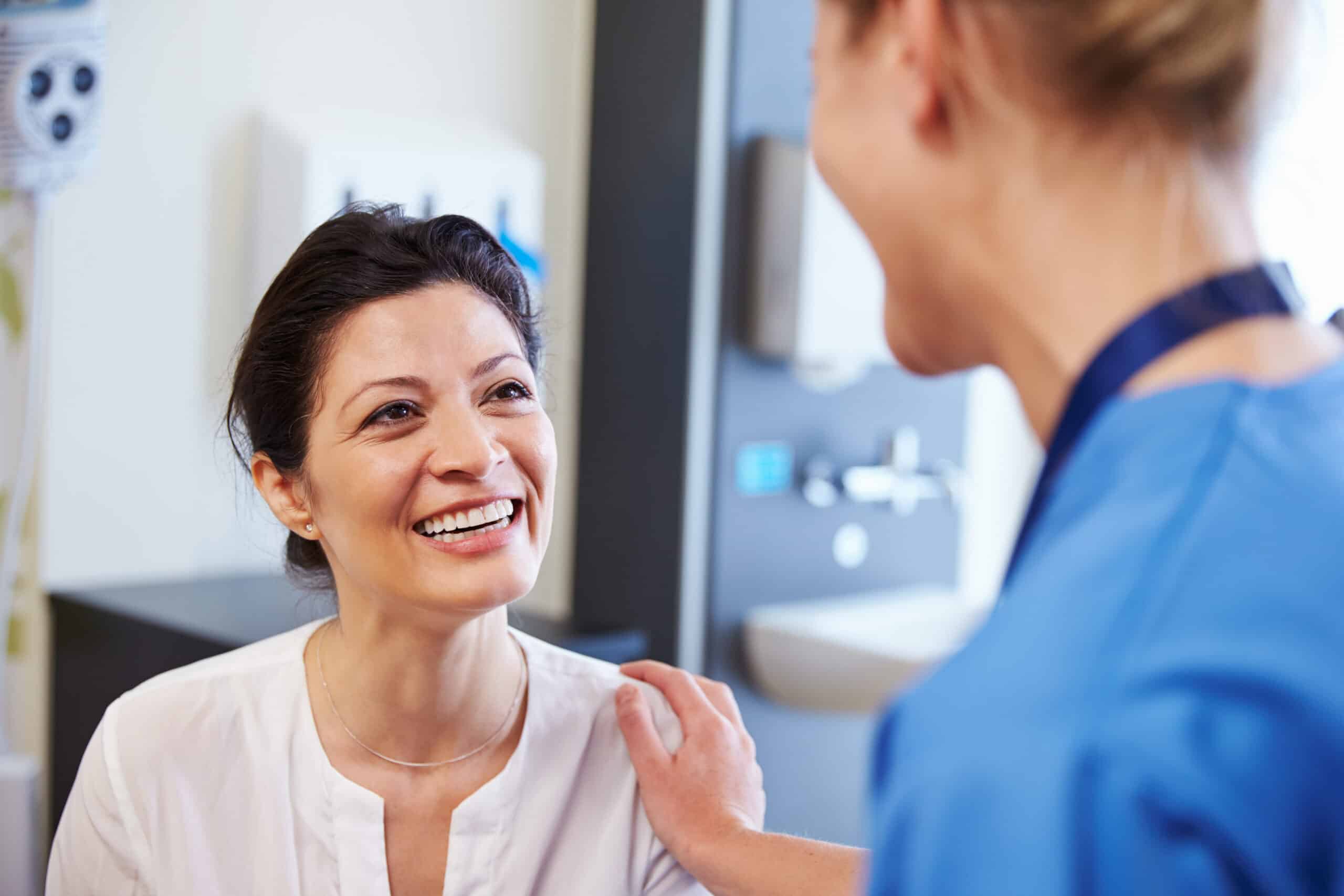Varicose veins are enlarged, twisted veins that bulge out from the surface of the skin. They are usually blue or purple. They can happen anywhere…
Can Varicose Veins Reoccur?

Varicose veins are enlarged, twisted veins that bulge out from the surface of the skin. They are usually blue or purple. They can happen anywhere in the body, but they are most commonly found in the legs and feet. There are several effective treatments for varicose veins and techniques to help minimize the chances they will reoccur after treatment.
Varicose veins happen when the valves that keep the blood flowing in the right direction fail. This failure causes blood to pool in the veins. Over time the veins become swollen and visible through the skin.
For many people, varicose veins are a cosmetic concern with no real symptoms except the unsightly appearance of the veins. For others, varicose veins can cause pain, rashes, swelling of the surrounding tissue, and in rare cases, blood clots or ulcers.
If you experience any other symptoms, you should have them checked out by a vein specialist. They will be able to tell you if your varicose veins present any risks to your health and offer you advice about available treatments.
Treatments for Varicose Veins
There are various approaches to treatments for varicose veins and include several distinct techniques:
- Sclerotherapy/Microfoam Injection — Most effective on small and medium varicose veins, medical foam is injected into the vein to seal it off. This procedure may have to be repeated for the vein to seal completely. Once sealed, the vein will slowly fade as the surrounding tissue absorbs it.
- Endovenous Laser Ablation (EVLA) — An effective technique with varicose veins. In this treatment, strong bursts of light are sent into the vein to seal it off with heat.
- Endovenous Radiofrequency Ablation (RFA) — RFA is used for larger varicose veins. In this procedure, a catheter is fed into the vein carrying a radio wave transmitter. Once the catheter is in the correct spot, the radio waves seal the veins from the inside.
- Cyanoacrylate — Doctors inject medical glue (cyanoacrylate) into the offending veins — the glue bonds to the tissues and seals the vein.
- Endovenous Mechanochemical Ablation (MOCA) — Doctors position a catheter in the vein during a MOCA procedure. Once inside, it rotates and causes damage to the vein tissues while simultaneously releasing a liquid that does further damage. The vein responds by collapsing and sealing. The body will reabsorb the sealed vein.
- Phlebectomy — A series of small incisions are made in the skin over the vein, and a small hook is used to pull the vein out through the incisions. This is an outpatient procedure.
Can Varicose Veins Come Back After Treatment?
Unfortunately, varicose veins do sometimes reoccur, but the chances of this happening are significantly reduced if both the medical staff and the patient follow the guidelines carefully. When done correctly, the above-listed treatments prevent the reoccurrence of the same varicose veins about 90% of the time, assuming that the patient follows the aftercare instructions and does not put undue pressure on the treated veins until they have had a chance to heal.
None of these treatments can prevent the appearance of varicose veins in another location. In part, varicose veins reoccur in other locations because of genetic weakness in the valves of the veins. There are ways to learn to live with varicose veins and prevent them from becoming severe.
Learning to Live with Varicose Veins
If you are a person with a family history of varicose veins, they may reoccur time and time again. There are ways to delay the appearance of varicose veins and minimize their size. Here are a few tips for living well with varicose veins.
- Avoid standing or sitting for prolonged periods. If your job requires you to do these things, move around as much as possible. Even jogging in place can be helpful.
- Get plenty of exercise. Choose low-impact exercises that move your feet and legs, like walking, swimming, and bike riding.
- Maintain a healthy weight. Excess weight puts more pressure on the veins in your legs. This pressure can sometimes lead to the formation of varicose veins.
- Avoid salty foods. Salt in your diet causes your body to retain fluids. This fluid can build up in your feet, ankles, and legs, making it harder for the blood to flow back up the legs toward the heart.
- Avoid high heels. Don’t wear any shoes that force your feet into unnatural positions.
- Avoid tight clothing. Clothes that bind the waist and legs put external pressure on all of your organs and veins and make it hard for the blood to flow as it should.
- Elevate Your Legs. The less your veins have to fight gravity, the less damage is likely to occur.
- Wear gradient compression stockings. These prevent blood from pooling in your lower legs, feet, and ankles.
To find out more about varicose veins, how often they reoccur, or to find a vein specialist in your area to give you a complete checkup and explanation of your options, check out the My Vein Treatment website. You will find a great deal of information about spider and varicose veins. You can use the unique locator tool to connect to the right vein specialist for your specific needs.





